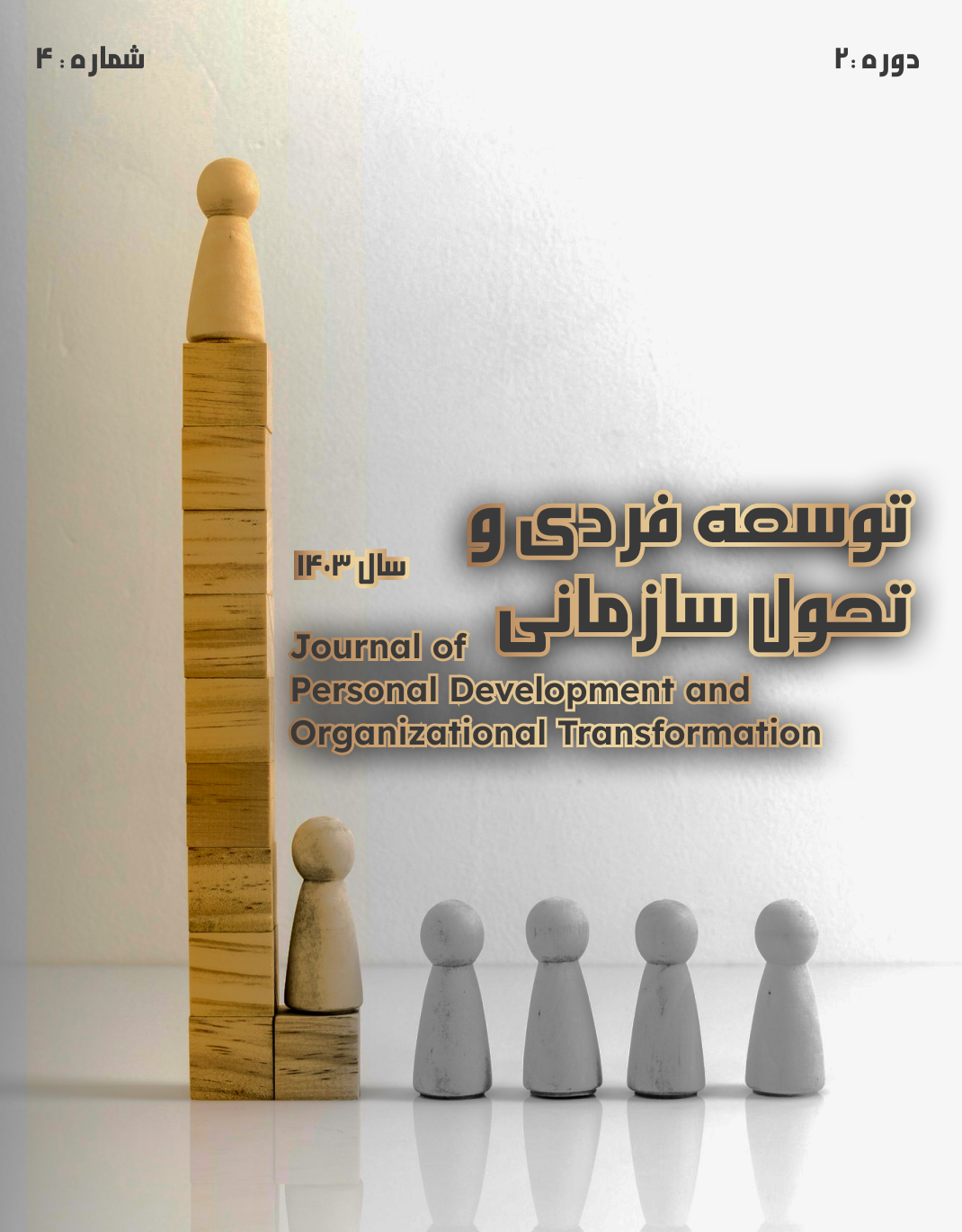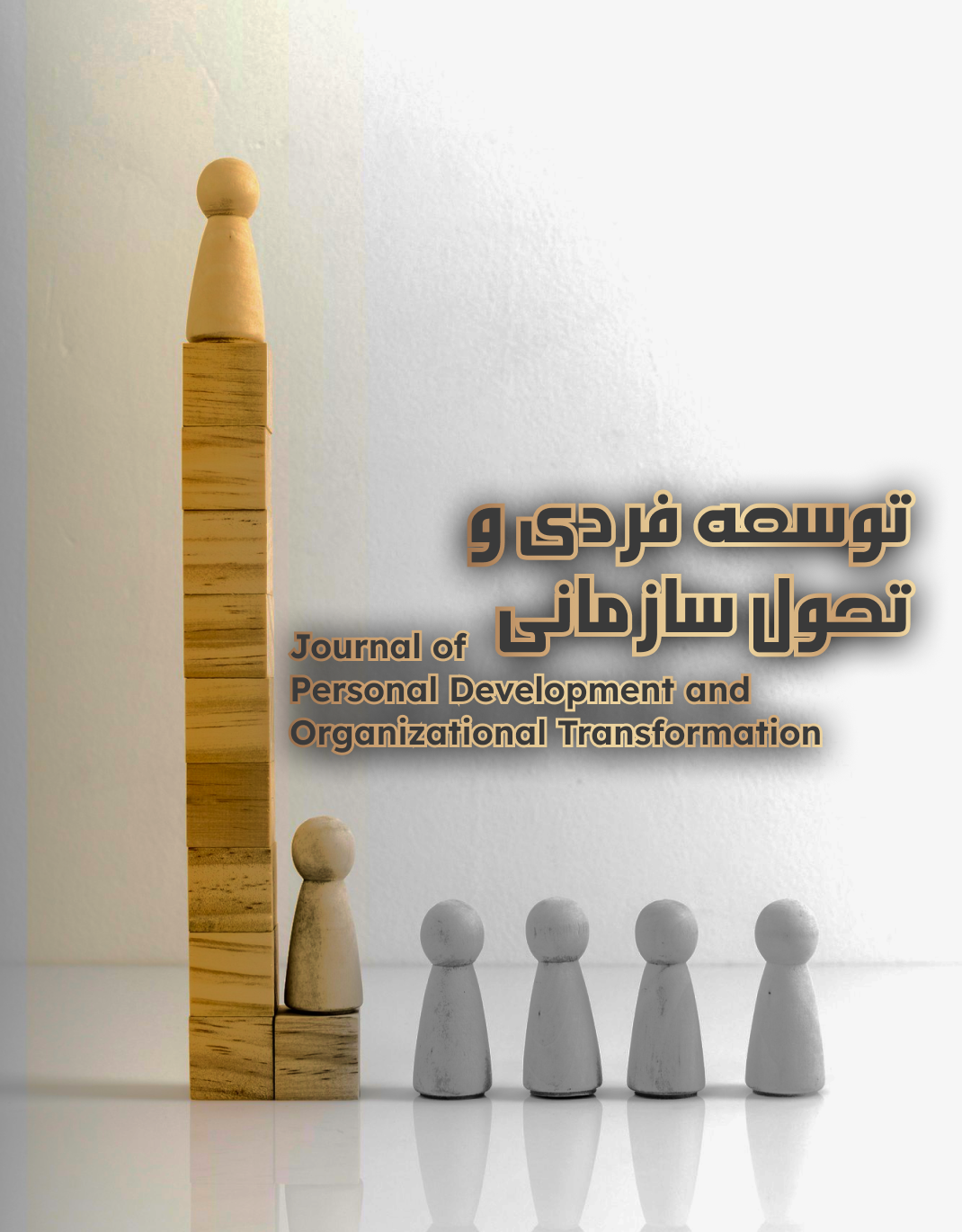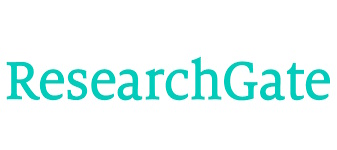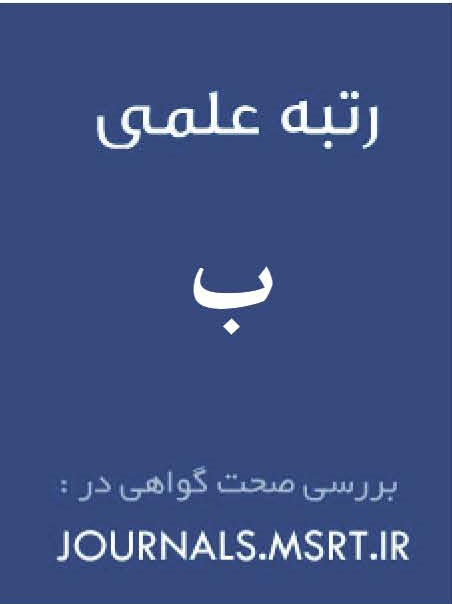سیاست گذاری نظام آموزش رسمی عمومی ایران در فرایند شکل گیری هویت ملی و دینی دانش آموزان
کلمات کلیدی:
سیاست گذاری هویتی, سیاست گذاری آموزشی, سیاست گذاری هویتی نظام آموزشیچکیده
نظام آموزش و پرورش جمهوری اسلامی ایران، آموزش زندگی بر اساس فرهنگ اسلامی است. فلسفه عمیق¬تر و کامل¬تر آموزش و پرورش، آموزش زندگی است. تشکیل نظام و استقرار حکومت به عنوان نقش ابزاری در دست ولی فقیه است تا هدف تربیت و بالفعل¬سازی توانایی¬های بالقوه انسان¬های جامعه را محقق سازد. وظیفه ویژه نظام آموزش و پرورش نظارت بر نوسازی، بازسازی، جهت دهی و یکپارچه سازی نهادهای فرهنگی و آموزشی کشور است. محتوای کتاب درسی و برنامههای آموزشی مدرسه - تأثیر شخصیت معلم و روشهای تدریس بر شکلگیری هویت قومی دانشآموزان با توجه به اینکه سند تحول بنیادین نظام آموزش و پرورش جمهوری اسلامی ایران مرجع اصلی جهت طراحی – تدوین ونیز مشخص کننده شرایط مجریان طرح¬های نظام آموزش رسمی عمومی کشور می¬باشد، نقش¬ محوری و حیاتی دارند. مبانی دینی و اخلاقی اساس امور مربوطه بوده است. در این راستا، به جز موضوعات محدودی مانند مسائل زیست محیطی، هویت جهانی بیشتر به عنوان هویت دینی مطرح می¬شود. به نظر دیویی، آموزش در مورد تربیت، اگر به وضعیت واقعی افراد مربوط باشد، اخلاق نیکو خواهد داشت و باعث ایجاد اخلاق نیکو در کودکان می¬شود. این پژوهش با هدف شناخت تأثیر نظام آموزش و پرورش جمهوری اسلامی ایران بر شکل¬دهی هویت ملی و دینی دانش آموزان در سال¬های 1403-1402 انجام گرفته است. بدین منظور 22 نفر از مدیران مدارس دخترانه و پسرانه شهر تهران در تمامی دوره¬ها و پایه¬های تحصیلی به عنوان جامعه هدف انتخاب شده¬اند آن چه در تحقیق نتیجه¬گیری شده است، نشان می¬دهد که هویت ملی پس از هویت دینی در رتبه دوم قرار دارد.
دانلودها
مراجع
Abbaszadeh Marzbali, M. (2021). Globalization of Cyberspace and National Identity in Iran. Kavir Publishing.
Akbari, L., & Farahbakhsh, K. (2023). The relationship between national identity and happiness with moral intelligence in student education. The 21st Scientific Conference of the Iranian Counseling Association: National Identity, Education, and Health,
Bigdeloo, R. (2019). The Construction of Iranian National Identity Based on Race During World War I. Historical Researches of Iran and Islam(24).
Danesh-Pazhoohan, M. (2021). Re-examining the Components of National Identity in the Shahnameh of Ferdowsi. Tehran: Nasher Etelaat.
Jahanshahi, R., Haghighatian, M., & Behian, S. (2024). Examining Structural Threat Factors Affecting the Reproduction of National Identity in Adolescents (Case Study: Students of Kohgiluyeh and Boyer-Ahmad Province). Sociology of Education(33), 20-31. https://www.iase-jrn.ir/article_715967.html
Kafshchian Moghadam, A., Maleki, H., & Sadeghi, A. (2024). Designing a Citizenship Rights Curriculum Model for the Second Period of Elementary Education [Research Article]. Iranian Journal of Educational Sociology, 7(2), 1-7. https://doi.org/10.61838/kman.ijes.7.2.1
Khani, B., Ahmadi, A., & Bagheri, M. (2021). The Role of National Identity and Cultural Capital in Promoting Global Citizenship Education. New Perspectives in Human Geography Quarterly, 13(2), 774-785.
Mahdian, R., Poushaneh, K., Rezazadeh, H. R., & Maleki, H. (2022). Designing a National Identity Curriculum Model for the Second Elementary Grade [Research Article]. Iranian Journal of Educational Sociology, 5(3), 128-141. https://doi.org/10.61186/ijes.5.3.128
Mohammadi, K. A. C. (2023). The Relationship of Personal and Social Identity with National Identity in Students. Social Psychology Research, 13(50), 1-14.
Omidpour, S., & Delavari, A. (2022). National Identity among the Ahl-e-Haqq of Delfan City. National Studies Journal, 23(92), 113-140. https://doi.org/10.22034/rjnsq.2022.343235.1407
Rezaei, N. (2020). The Relationship Between Personal Identity, Social Identity, and National Identity in Iranian Students. Applied Sociology, 25(2), 159-170.
Soltani, H., Saleh, S., & Aghapour. (2019). The Impact of Personal and Social Identity on National Identity Among Students from European Union Member Countries. Counseling Research, 18(70), 161-178. https://doi.org/10.29252/jcr.18.70.161
دانلود
چاپ شده
ارسال
بازنگری
پذیرش
شماره
نوع مقاله
مجوز
حق نشر 2025 محسن غلامی نهوجی (نویسنده); سعید مقیمی; رحیم خستو (نویسنده)

این پروژه تحت مجوز بین المللی Creative Commons Attribution-NonCommercial 4.0 می باشد.







